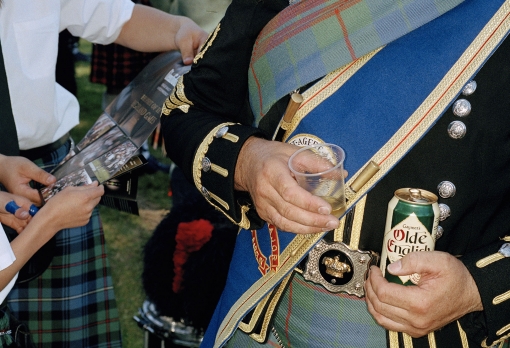Everyone south of the border appears to be terribly worried about the Scots – which makes a nice change – and about their oil, which we prefer to call our oil. Yet that is not, you will be surprised to discover, the northern liquid that interests me. Oh, it’s great stuff, terribly useful, but there’s no getting around this: you can’t drink it, although there are probably a couple of North Sea oilmen who have tried.
New figures show deaths from drinking in Scotland have declined sharply in the past decade, but they’re still ahead of those for England (although these are rising, so watch this space). The Scots have long been champion drinkers: like any sensible country with delicious water and terrible weather, they found creative ways to keep the latter from freezing the former. The best known is uisge beatha, the water of life, pronounced “ooskebay” or, more usually, whisky.
This wonderful stuff has been a combustible matter since at least 1713, when the first campaign to separate Scotland from England – a mere six years after the Act of Union – was provoked by attempts to tax malt equally north and south of the border. Furious Scottish peers pointed out that this tax was intended to pay for the English war of the Spanish succession, which had just ended, and which the act exempted Scotland from subsidising. The Scots stayed largely because of a secret agreement not to apply the tax.
So, a precedent was set: England would make rules and Scotland, with a contemptuous flick of its skirts, would jig round them. The differences between the countries have worked in Scotland’s favour more often than you might think, sometimes for very peculiar reasons. Anomalies – such as stricter rules on drinking – would somehow wind up ensuring longer licensing hours in Scotland and a more relaxed attitude to café drinking.
But then Scotland is a land of anomalies – of shipyards (now rusting) and crags, of rebellious lefties and rigid Presbyterians. They may make bad commercial blends – but they also create wondrous single malts, where cold, bright river water has been softened and warmed with malted barley and oak ageing into a lightly peaty or deeply spicy liquor, as aromatic as it is alcoholic – and it is plenty alcoholic.
more on alcoholprofessor.com




